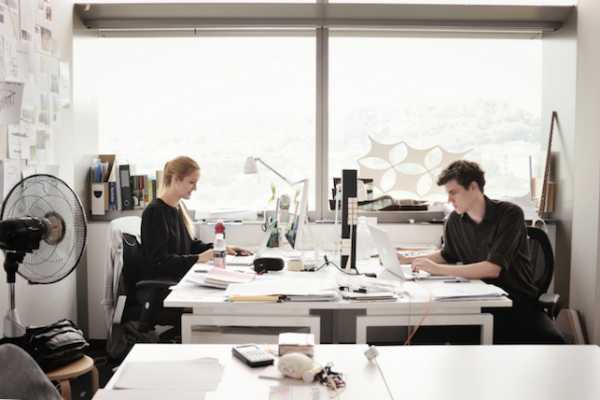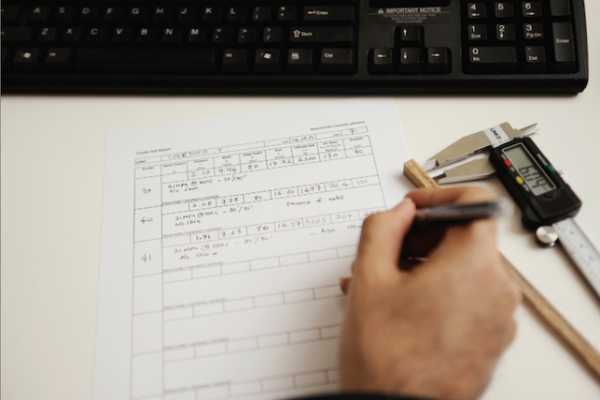Assistant Professorship of Architecture and Construction
As urban populations grow, so does the demand for materials and resources to support them. Where such resource demands were once satisfied by local and regional hinterlands, they are increasingly global in scale and reach. This phenomenon has generated materials flows that are trans-continental and planetary in scope, and has profound consequences for the sustainability, functioning, sense of ownership and identity of future cities. This phenomenon presents challenges for the local identity of places, as well as the appropriate allocation, efficient use, and ownership of material resources.
The Professorship of Architecture and Construction at FCL fcouses on alternative construction materials and their application in specific contextual settings, taking into account the availability of materials, human resource capacities, and skills. The ‘alternative’ aspect of this focus emerges from an exploration of innovative and entrepreneurial thinking. Seen from this perspective, the project for urban sustainability must be global in ambition, but cannot be a matter of applying a universal set of rules. Rather, sustainability requires a decentralised approach that both acknowledges the global dimension and is sensitive to the social, cultural, aesthetic, economic, and ecological capacities of particular places to thrive and endure.
Major research projects currently under investigation include:
Advanced Fibre Composite Materials
The aim of the research is to establish fibre composite materials as a future alternative building material in developing territories of our planet. The research underway investigates the mechanical properties of natural fibres and how to control them in order to achieve the desired characteristics to be used as a construction material replacing steel and wood and also to use it as a reinforcement system in concrete applications. The team established the ‘Advanced Fibre Composite Laboratory’ in Singapore, where they are able to produce and test new fibre reinforcement materials.
Constructing Waste
“The future city makes no distinction between waste and supply” (J. Mitchell, 2014). Waste is a result of any human action and interaction, bringing raw natural materials – understood so far as our sole form of resources – from one stage of being into another, by applying various forms of skills and energy. In this sense, waste was seen for centuries as something which neither belonged to the family of natural resources nor to that of finished products. But waste could also be understood as an integral part of what we define as a resource. This metabolic thinking understands our built environment as an interim stage of material storage. The research aims to develop ideas on how to activate waste as a building material. The abundance of refuse is the essential hypothesis of the research. In October 2014, a book by the Assistant Professorship was published with Birkhäuser publishers called 'Building from Waste', which introduces around 100 examples and projects to transform waste into a resource for the building industry.
Sand – Alternatives
Sand is the most used raw material for the production of goods of our planet. It is found in concrete, glass, computers, detergents and even toothpaste. But sand is a finite resource: what took millions of years to come into being through erosion and sedimentation, man is mining at rivers and ocean coasts in a so-far unknown speed. In a matter of a few decades, sand will not be a resource anymore for our construction activities. The research tries to find ways to activate alternatives to sand to act as a new resource for the building industry.
Contextualisation of Vocational Training for the Building Sector in Ethiopia
The research aim is to introduce knowledge in the field of alternative materials and construction methods in the rural areas of Ethiopia. It is the goal to build full-scale proto-typologies, teach students and labourers alternative building techniques, and anchor the knowledge in a sustainable, long-term manner in the curricula of universities and vocational training centers as widely as possible. The project includes several building laboratories like the Sustainable Emerging City Unit SECU built out of straw materials, and the Sustainable Rural Dwelling Unit SRDU erected in earthen masonry.
Tropical Town
The research platform aims to develop an incremental housing project for the island of Batam, Indonesia. Rubah (expandable house) is a housing and economic unit embedded within the Tropical Town package. In incorporates sustainable principles in the form of co-operatively owned and managed bamboo plantation strips, rainwater harvesting systems, passive cooling designs and a highly dense urban plan.
Addis 2050
The aim of the research platform Addis 2050 is a visionary statement for the city of Addis Ababa and Ethiopia at large on urbanism and architecture, focussing on aspects of mobility, energy, education, housing, and information. It includes several case study projects and publications, as well as the developement of new tools together with the FCL Simulation Platform.


